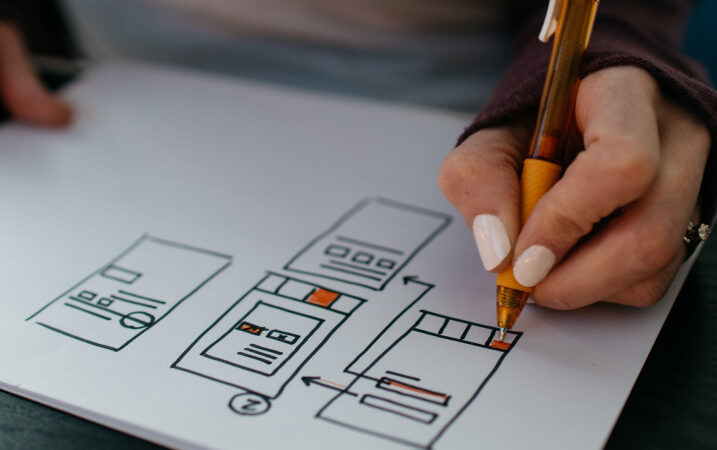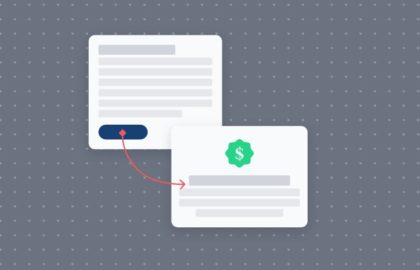Product Design and UX / UI Design often overlap. So what’s the difference? What is Product Design? And what is UX / UI Design?
The Differences Between Product Design and UX / UI Design
Product Design is the research, creation, and ongoing improvement of products. “Products” can mean many things but at Flatiron School it means digital products, such as websites or mobile applications.
Product Design is a holistic concept that has ownership over both UX (user experience) and UI (user interface) design. UX design focuses on the total user experience with a digital product. UI design focuses on the visual experience of a digital product, such as fonts, colors, and animations.
“Product Design is holistic. It isn’t saying, ‘I’m just going to look at the user experience or the user interface.’ It’s also not saying ‘I’m only going to look at it with a business lens.’ It’s bringing all those together and looking at [the product design process] from every angle.” – Bani Phul-Anand, Lead Instructor, Design
Career Path Options
Students studying Product Design can pursue a variety of career paths, including specializations in UX and UI design. Here are just a few of the most common job titles in the market today:
- Product Designers (can also be called UX / UI Designers) work on product roadmaps and analyze projects for ROI (return on investment). They may also manage a team of designers.
Average salaries: $94,802 - UX Designers, or User Experience Designers. Image a mobile application that sells shoes. A UX Designer conducts and leverages user research to ensure a seamless browsing experience through all the different shoe options – brand, color, sizes, etc.
Average salaries: $98,816 - UI Designers, or User Interface Designers. UI Designers’ output is exclusively visual. Typically, they come late in the design process – right before a project is handed off to developers.
Average salaries: $89,780
Average salaries from ZipRecruiter as of April 2022
Other potential job titles can be Full Stack Designers, User Researcher, Visual Designer, Web Designer, and Information Architect, just to name a few.
Do I need to be an artist to become a UX / UI Product Designer?
No! While Product Designers do quite a bit of drawing, the purpose is to rapidly generate ideas or to simply communicate an idea to a teammate or stakeholder.
“Our minds are pattern making machines. They’re always looking to make sense of what we’re seeing. And so very little drawing is needed to convey an idea. Your mind is going to fill in the rest. It takes little to communicate powerfully, and it doesn’t require an art degree.” –Flatiron School Product Design Instructor Jennifer Houlihan
Do I need any technical skills to become a UX / UI Product Designer? Do I need to know how to code?
No! Flatiron School’s Product Design course is crafted so anyone can be successful, regardless of skill level or technical ability. Coding knowledge is not required, though it can be helpful as UX / UI Product Designers need to communicate with developers to ensure designs get implemented properly. That’s why we teach HTML and CSS basics.
Product Design at Flatiron School
Google “Product Design,” “UX design,” or “UI design” and hundreds of free tutorials will pop up. It can be a challenge to navigate and learn UX / UI Product Design independently. Flatiron School’s Product Design course provides the structure and community you need to become a successful digital designer.
We take a modern approach to teaching digital design – one which is frequently validated by hiring managers and that will leave students prepared to pursue a variety of career paths, including UX Designer, UI Designer, Product Designer, or Full Stack Designer.
Industry-expert instructors provide hands-on guidance throughout our course, which starts with ethical and inclusive design principles and then progresses through UX and UI concepts. Students will learn how to leverage cutting-edge tools like Figma and will also create a portfolio of project work, an effective and useful asset to any job search post graduation.
The results speak for themselves. Flatiron School Product Design students rave about the structure, support, and camaraderie throughout the course.
Have questions? Our Admissions team is here to help. Recent students have described Flatiron School’s Admissions reps as “easy, supportive, friendly, transparent, and personal.”
Schedule a 10 minute conversation with an Admission rep.




